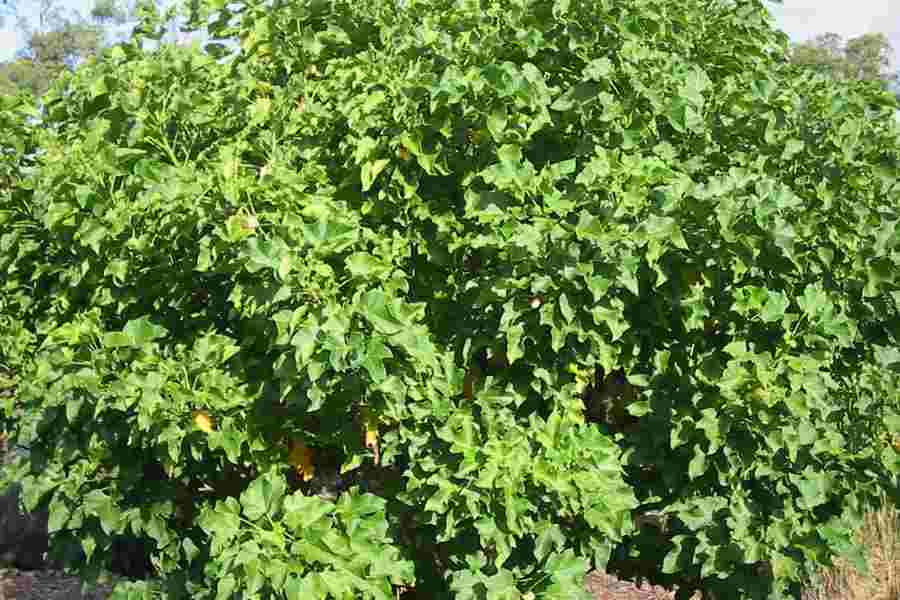Overview
-
Sectors Engineering
-
Posted Jobs 0
-
Viewed 64
Company Description
Pests Of Jatropha
Jatropha Curcas is acquiring value commercially as the demand of fossil fuels increases tremendously and likewise Jatropha is an eco-friendly energy plantation. Plantation of this plant is considered to be an outstanding fuel substitute and it is likewise extremely cost-effective compared to other fuels. Recently, Jatropha is dealing with some trouble with insects and illness. The bugs are categorized into two ranges: Pest that affect young plants and Pest that affect grown plants.
Young plant insects: Cutworm, Scarabeid Beetle, Army worm, Grasshopper.
Agrotis ipsilon: It is commonly known as Cut worm. This bug affects the seedlings and young Jatropha plants. If the plant is affected by the cutworm, the stem gets cut nearer to the soil surface and this will shrunk the plant entirely.
Control: This pest can be managed by choosing the larva found around the plants or by blending the bran, sawdust with insecticides.
Scarabaeid Beetle: This bug damages the root of the young plant. Initially, the larva consumes the raw materials present in the soil and then concerns the root. The larva attack may kill the entire plant.
Control: The plant with good resistance power can conquer the insect. For heavy attack, insecticides with parts carbosulfan and carbofuran can be used to eliminate the pest.
Army worm: Spodoptera litura presence can be identified by biting in the leaves. The severe infection could completely kill the plants.
Control: Insecticides are utilized to manage the bugs.
Grasshopper: This is common insect found in a number of plants. Valanga nigricornis and Locusta migratoria commonly assaults the plant. The pest often attacks the young plant.
Control: The insecticides utilized betacyfluthrin, cypermethrin, thiodicarb, MIPC, and fipronil.
Pest observed in fully grown plants:
Pest of Stem: Ostrinia furnacalis, Xyleborus spp.

Ostrinia furnacalis and Xyleborus: This pest harms the Jatropha stem and it is widely seen in Indonesia. The stem assaulted by this pest typically fall down. The presence can be recognized by the larva penetration hole at the stem.
Control: The Insecticide generally used to control this pest is carbofuran.
Pest of leaf: The common insects observed are leaf caterpillar, Neetle caterpillar, Leaf hopper, Mite, Ear corn caterpillar.
Leaf Caterpillar: This bug can eat all the leaves of the plant in other words duration. The quality and yield of the seeds get minimized due to the heavy attack.
Control: This can be managed by choosing the old larvae around the surface and discarding the attacked leaves.
Needle Caterpillar: This caterpillar is covered with spines and produces a burning experience when enabled to contact with skin as it produces particular chemical substance. Initially the in the leaf and after that spread all over the plant when it ages.
Control: Manually, the insect can be eliminated only by soaking it in water or kerosene. The heavy attack can be managed by spraying organophosphate insecticides.
Leaf Hopper: This bug is found mainly in tropical and subtropical areas. The insect targets the leaf and sucks all the nutrients of the leaf and gets curls at the idea. Later, the entire leaf dry and die.
Control: The heavy attack can be controlled by using insecticides like imidachloprid, beta cyfluthrin or carbosulfan.
Mite: Mite likewise attacks the leaf and makes the entire plant weak. The insect existence can be determined when the leaf become yellow-colored, shrinks, reddens and fall down. The pest can also be spread through fallen leaves.
Control: Some preventive measures can be simulated correct sanitation and burning the fallen leaves. Heavy attack can be treated by spraying insecticides.

Some terrible insect which assaults flower and fruit are, Stink bug (Nezara viridula)
Chrysocoris javanus, Tip borer caterpillar.

Stink Bug: Sting bug is a severe pest which assaults the plant throughout bloom duration so the crop yield totally falls down. This bug is seen around the tropical region.
The harmful enzyme in the plant diminishes the entire plant.
Control: Insecticides suggested for this bug is chlorfluazuron, diflubenzuron, alfamethrin, and lamda cyhalothrin.
Tip borer caterpillar: The bugs typically happens attacks the plant in blooming season and this pest is seen commonly in tropical areas. The female bug laid the eggs on the tender part of the plant and the young larvae feed the young fruits and plant tips.
Control: Manually, the assaulted seeds are suggested to burn. The insecticides like monocrotophos and bensultap are sprayed at the flowering season.


